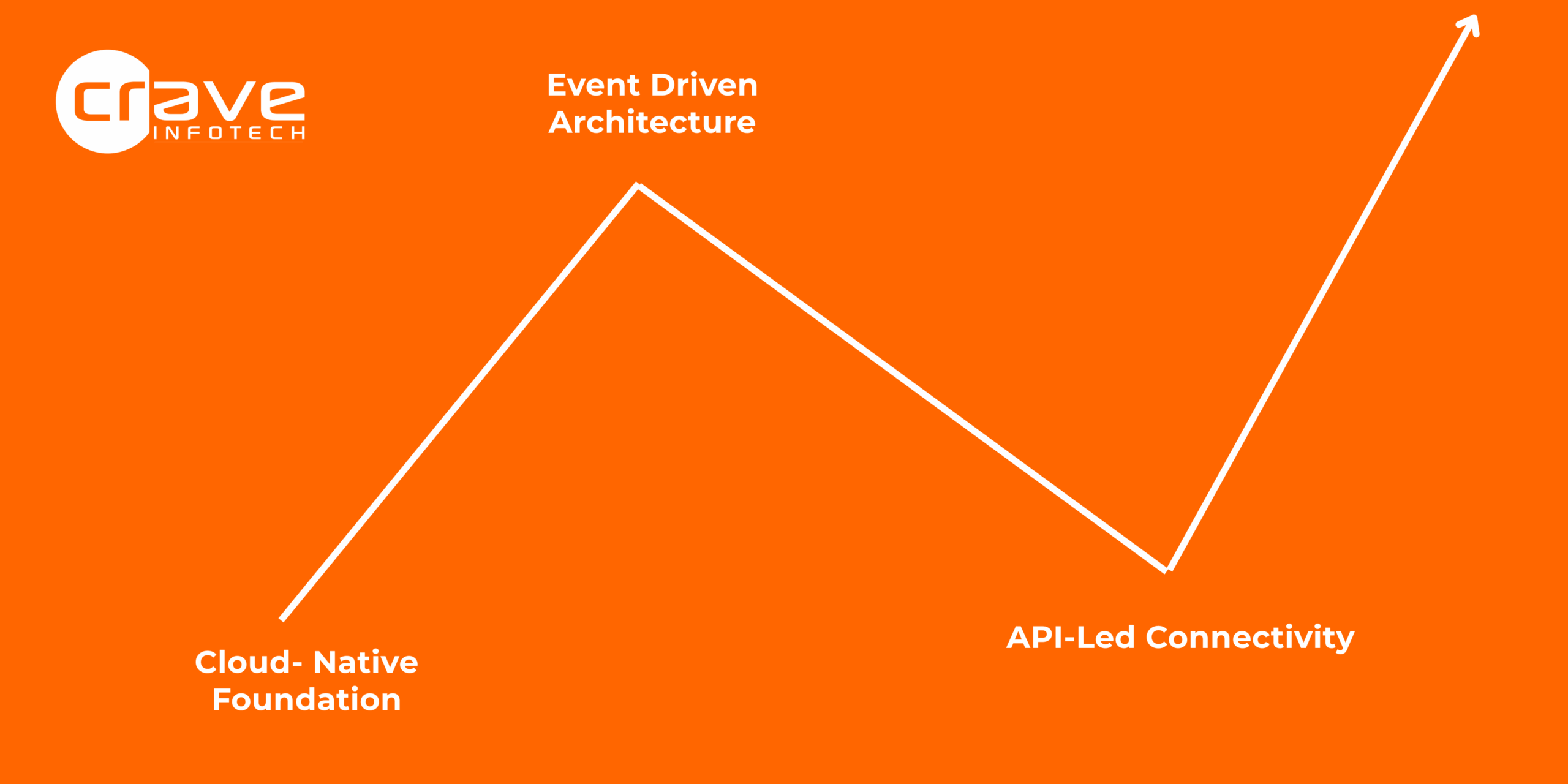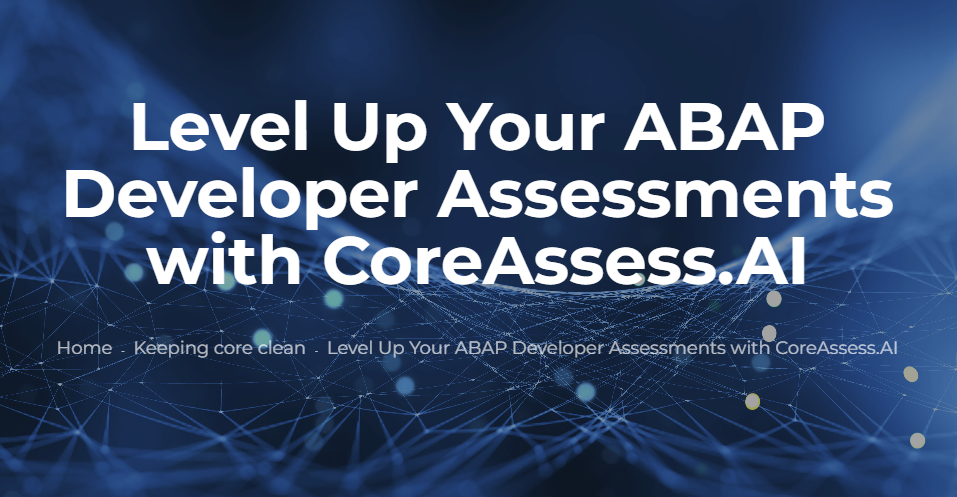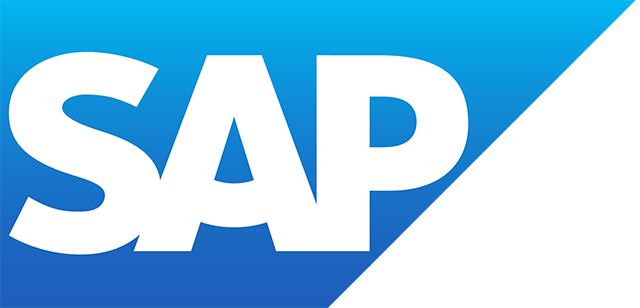SAP Application Development and Integration
SAP ABAP | SAP ABAP Development Tools | SAP ABAP Test Cockpit | SAP API Management | SAP BAPI | SAP Basis | SAP BRF | SAP Business Application Studio | SAP CMS | SAP Design Studio | SAP Development Tools | SAP DevOps | SAP EAI | SAP EDI | SAP Extension Suite | SAP Fiori | SAP Fiori Elements | SAP Integration Suite | SAP Low Code Application Development | SAP Low Code Automation | SAP Netweaver | SAP Release Management | SAP UI5 | SAP Web Application Server | SAP Web IDE
SAP Application Development and Integration
For success and for even survival, today’s companies must develop and roll out applications, with high quality, user experience, and integration, while minimizing risks associated with the rapid development and deployment of applications.
SAP Application Development and Integration
For success and for even survival, today’s companies must develop and roll out applications, with high quality, user experience, and integration, while minimizing risks associated with the rapid development and deployment of applications.
SAPinsider’s benchmark report on Application Strategies and Development for SAP S/4HANA and Cloud discovered that found that the top driver for application strategy is the need to maintain or improve business processes rapidly to support changing needs (50%). The next important driver is the continued demand for SAP and non-SAP applications that connect to core SAP (36%).
Understanding this burgeoning need for developing applications, SAP has bundled several tools in the SAP Extension Suite and SAP Integration Suite which are part of the SAP Business Technology Platform (SAP BTP).
To deliver the value proposition, SAP Extension Suite includes components such as SAP AppGyver for low-code development, SAP Business Application Studio for extending business applications, SAP Conversational AI for voice and bot applications, SAP Mobile Development Kit (MDK) for mobile applications, SAP native SDKs for iOS and Android as well as the SAP Fiori design system and design platform for pre-built common applications for thousands of use cases.
This valuable article Extend Your Core Business Applications and Drive Your Business Forward with SAP Extension Suite outlines the various ways in which SAP Extension Suite provides extensibility and walks through the various steps in the process of utilizing it.
ABAP code forms the bulk of the legacy customizations and extensions. As part of SAP BTP, ABAP environments provide ways to develop using the ABAP RESTful Application Programming Model (RAP), leveraging SAP HANA, SAP Fiori, and a cloud-optimized ABAP language with a clear set of released standard APIs. Developers can utilize a development toolset that enables tight integration with Git-enabled lifecycle management that includes ABAP ABAP editors, dictionary, UI painters, function, class, and web app builders.
Skills are always a major issue in development as the above-mentioned report found. SAP Extension Suite offers options of different technologies and programming languages through various options and runtime environments are available on the SAP BTP: ABAP environment, Cloud Foundry runtime, and Kyma runtime.
Almost half of the respondents in SAPinsider research on Application Strategies and Development for SAP S/4HANA and Cloud are planning or evaluating low-code platforms. There is an expectation of significant impact from these platforms such as ability to deliver applications rapidly, reduced IT costs, and enabling industry standards. Read the article “Governance for Low-code Platforms” on recommendations on governance for low-code platforms.
There is an exciting range of applications that are possible in today’s platforms. Companies like ServiceNow and Pillir.io provide a significant set of prebuilt apps in their low-code platforms. Consultants such as Cognizant, cbs Consulting, Capgemini, and TechMahindra can provide the expertise to drive innovation.
What is SAP Integration?
Establishing a single hub of information is vital to arm business leaders at any organization with the real-time information they need to make the decisions that will benefit their organization the most. While IT teams can manually create some connections, integration platforms are often favored as the solutions to keep all facets of the business connected.
These platforms have significant experience in ensuring that data flows throughout the business to the appropriate points while remaining accurate, accessible, and up-to-date. Organizations should ensure that they keep integration in mind when incorporating new applications and systems into their overall SAP landscape.
Organizations should ensure that all solutions they adopt can become part of a consistent software architecture that will accommodate any changes to business processes, new applications, and technological upgrades.
Some business processes require SAP to connect with multiple systems that communicate with SAP in slightly different ways. These systems can function together, as long as the company is able to find an integration layer that goes in between SAP and these systems, allowing the data to flow freely around the entire SAP landscape.
Why is SAP integration important?
SAP integration is vital for organizations across all industries. Nearly half a million organizations use SAP. Their reach extends to more than three quarters of all transactions between business and customers around the world. The massive scope of SAP powers global commerce. To make the most of this scale, organizations must integrate their SAP software and applications to the rest of their system, including their ERP.
Many organizations are turning more towards Software as a Service (SaaS) applications such as Salesforce to help manage business processes. Companies should be aware that the mixture of on-premise and cloud applications can pose a challenge for integrations, and factor that potential issue into any decisions made about which solutions or services they decide to leverage.
SAP Application Integration: Use Cases
Integration is important for all SAP applications to pair with non-SAP applications. Yet there are certain specific scenarios, systems, applications, and functions in which SAP integration is most common. These scenarios are:
CRM applications: Customer Relationship Management is one of the most vital functions of a consumer-facing business. As such, organizations must ensure that they have tight integration between their CRM systems and their ERP systems. Ensuring that customer data is consistent can help avoid improve overall business agility. To do this, organizations need to have a consistent pipeline of information between CRM systems and ERP systems so that financial, performance, and other business data is easily accessible from all parts of the business.
Supplier systems: Just as businesses must have accurate and up-to-date information for their customers, they must also have that same data for vendors. Staying on top of purchase requests, ensuring that all potential suppliers know what raw materials a business needs, and having a single source of truth for all quotes keeps all financial information accurate and ensures continuity through the supply side of the business.
Third party purchase order systems: While it is important to integrate all applications within ones own business, it is also important to set up a system to communicate with partners, such as third parties who operate purchase order systems. Integrating with these valuable organizations can help streamline new purchase orders, automatically enabling businesses to buy necessary materials while keeping all facets of the organization up to date on the process.
Join SAPinsider to access opportunities for networking and engagement in the dynamic SAP ecosystem. As a member, you will have access to a wealth of valuable resources and content tailored to SAP technologies and best practices like the latest research reports, articles, webinars, and events that will keep you informed and ahead of the curve.SAPinsider membership grants you exclusive access to in-depth analyses, expert insights, and practical guidance that will empower you to navigate the ever-evolving SAP landscape with ease. SAPinsider membership will enable you to remain one step ahead and harness the latest trends, innovations, and strategies to drive your own powerful digital transformations, optimize your SAP investments, and unlock business success.
-

What Agentic Testing Means for SAP Cloud Migration
Reading time: 3 mins
The shift from assistive to agentic AI in software testing, highlighted in a recent Tricentis webinar, emphasizes AI’s role as an active teammate that enhances SAP cloud migration processes by facilitating risk coverage and maintaining compliance through a centralized management system.
-

-

-

-

-

-

-

SAP’s Life Sciences Industry Solutions
Reading time: 1 min
Featured Insiders
-

Sherry Yu
Global Alliance Director, Linux Solutions, SUSE
-

Shashidhar Garimella
SAP America Inc
-

Harry Aujla
Director of Partner Alliances, SIOS Technology Corp
Become a Member
Unlimited access to thousands of resources for SAP-specific expertise that can only be found here.
Become a Partner
Access exclusive SAP insights, expert marketing strategies, and high-value services including research reports, webinars, and buyers' guides, all designed to boost your campaign ROI by up to 50% within the SAP ecosystem.


